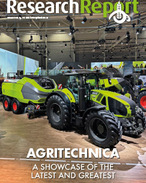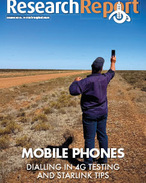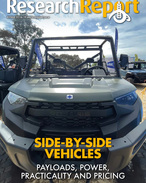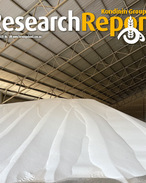This article is 6 years old. Images might not display.
Fertiliser is occasionally treated with agricultural chemicals either by businesses that hold a Commercial Operators Licence issued by Agriculture Victoria, or farmers that are treating their own fertiliser.
Over the past five years Chemical Standards officers have undertaken traceback investigations into unacceptable residues of agricultural chemicals detected in grain.
These investigations have linked grain contamination to poor practices in decontaminating silos, augers and vehicles used to transport or handle treated fertiliser.
Label instructions on how to decontaminate vehicles or equipment are not always clear.
Agriculture Victoria and grain traders recommend that equipment used to handle or transport treated fertiliser be segregated from that used to handle clean grain.
For example, older non-gas tight silos should not be used for storing and fumigating grain, but can be used for storing treated fertiliser.
Similarly, an older auger should be set aside and only used to handle treated fertiliser.
Segregation of vehicles can be more difficult, particularly if used to deliver grain and backloaded with treated fertiliser. In these cases, it is critical that the transporters follow recently published industry guidelines.
Farmers should make themselves aware of the guidelines so they can have an informed conversation with the transporter about whether they have adequately decontaminated their vehicle.
The new guidelines for decontaminating vehicles that have been used to transport treated fertiliser can be found at https://bit.ly/2uxp7QC
Following the guidelines does not guarantee that all chemical residues will be cleaned from the equipment, however the guidelines are accepted by industry as current best practice in minimising the risk of grain contamination.























